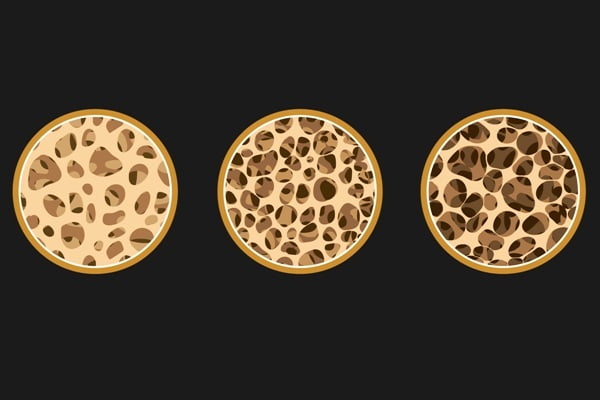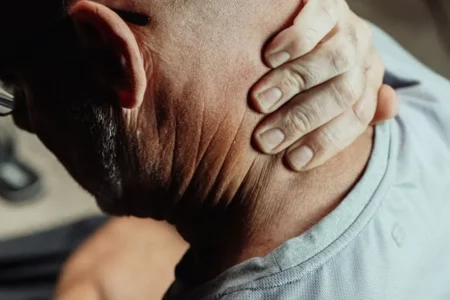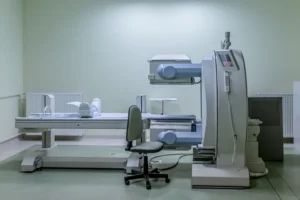Fighting the Incurable Osteoporosis
- Updated on: Jul 24, 2024
- 3 min Read
- Published on Dec 7, 2018


Combating Osteoporosis: Is it possible?
Various new studies are being conducted to find a better way to treat and cure osteoporosis. Multiple pieces of research have indicated that the consequences of osteoporosis can only be prevented because there is no apt or exact treatment to cure osteoporosis.
Many ongoing studies and evident researches indicate that in the coming future, it may not be impossible to cure osteoporosis completely.
Do you know what exactly osteoporosis is?
Osteoporosis is a silent disease and its literal meaning is porosity in bones. During this condition, bone density is lost which leads to weakness and brittleness in the bones. Due to skeletal or bone fragility, the risk of fractures is elevated. An estimate by National Osteoporosis Association states that about 50 of 100 women and about 25 of 100 men suffer from bone loss in their lifetime due to osteoporosis.
More: What causes osteoporosis?
More: Hypocalcemia (Calcium Deficiency Disease): Causes, Symptoms, Diagnosis, Treatment
Osteoporosis, which is also referred to as osteopenia in certain cases, is dependent on factors such as age, gender, physical inability, lack of nutrition, unhealthy lifestyle, etc. Osteoporosis begins when imbalance occurs between bone formation (by osteoblasts) and bone resorption (by osteoclasts) which ultimately results in fall in bone density. Vita-D and calcium supplements are given to patients to prevent extensive bone damage or loss.
Struggling with Osteoporosis: Current scenario
In a recent study, a known fact was correlated with research to find the cure for osteoporosis. It is known that more than 65% of the bone mass is gene-dependent and the rest is based on factors such as nutrition, lifestyle, etc. Recent research over this fact has shown some positivity to reduce osteoporosis by chemically modifying the DNA which slows down the mechanism of the disease and helps to fight back.
This study provided evidence that our body develops a self defense mechanism against osteoporosis known as epigenetics. This mechanism results in bone reconstruction due to some manipulations in the gene function. These modifications are not permanent but adaptive and might not be true in all cases.
Another research to cure osteoporosis stated that loss of a protein (known as PPARy) leads to bone formation. Lack of PPARy protein leads to amplified production of stem cells in bone marrow which ultimately increases the bone density.
These studies might not help cure all patients of osteoporosis but they bring a hope that, in future, osteoporosis will not be a severe enough problem to be not completely treated at all.
Check out images and graphics on osteoporosis
Other new strategies to fight osteoporosis
Prevention is one of the oldest known strategies to fight osteoporosis. Earlier, osteoporosis was termed completely incurable and therefore prevention was considered to be the only option. Still though, it was a big challenge to prevent the risk of fractures even after adopting prevention strategies.
New-age research brought advancements to help with treating osteoporosis. Researchers have indicated that hormone replacement therapy in women is an effective way to avoid osteoporosis and prevents bone loss. Innovations in drug research have also proven to be very effective in treating osteopenia. These drugs prevent the risk of bone fractures and also cure other diseases such as heart attack, stroke, etc.
Another study which is expected to be beneficial in the coming future is ‘targeting the senescent cells’. Senescent cells enhance the process of aging. When the genes of these cells are turned off, they are removed using senolytic drugs (which kill these cells). This slows down the process of age-related osteoporosis.
New studies also provide evidences that use of statins, selective estrogen receptor modulators, combinational therapies, etc are effective in treating long term osteoporosis by increasing the bone mass density and inhibiting bone resorption.












